The Beit ol-Moqaddas Operation and the Back of the Front that Became Insecure with the MKO
TEHRAN (Defapress) - The necessity of considering the hardships of the 1980s for learning lessons and sound thinking has been repeatedly emphasized by the Supreme Leader of the Islamic Republic, because this can reveal significant aspects of the country's situation during those years. One of the often-overlooked issues in this period may be the correlation of the history of the Sacred Defense with the internal security and policing history of the country.
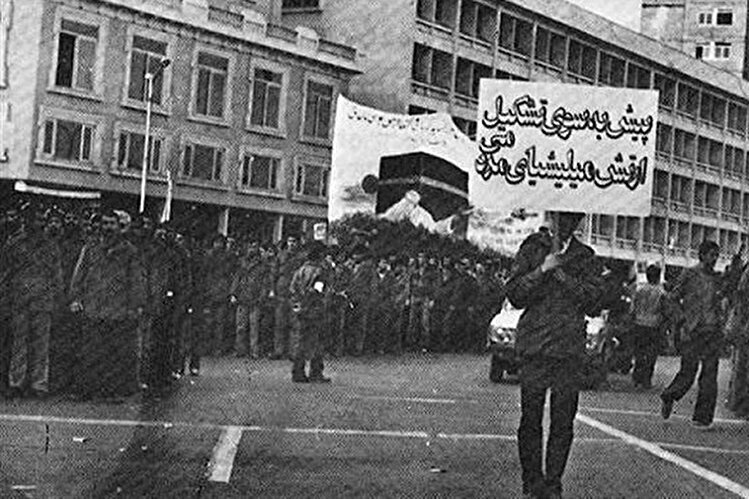
Just as Islamic combatants were in the process of liberating Khorramshahr in this same period in 1982, IRGC intelligence teams and the Revolutionary Committees were simultaneously engaged in detecting and dismantling the hideouts of the People's Mojahedin Organization of Iran (MEK) or Rajavi’s group. Separatist movements in some regions of the country were still ongoing, and the confrontation with the Tudeh Party, leftist groups, assassinations, and martyrdom of national leaders all occurred during this time. However, the biggest domestic security issue in April 1982 was the MEK's assassination teams, safe houses, and blind acts of terror. Gunfire was sometimes heard in streets and alleys, which was either the result of an assassination or an operation to strike a safe house.
The Rebellion of February 1982
The uprising began in February 1982 at the University of Tehran. Bani-Sadr, having reached an impasse in the war, entered a phase of political confrontation with the revolution’s senior figures, especially Martyr Beheshti. At the University of Tehran, Bani-Sadr’s supporters, with special support from the MEK organization, their “SAMPAD” groups and “militias,” stirred up unrest and violently beat some Hezbollah supporters.
The matter escalated to reviewing Bani-Sadr’s dismissal. Before being removed from the presidency, the Imam had dismissed him from the position of commander-in-chief. Bani-Sadr fled with Massoud Rajavi in women’s clothing, and this marked the beginning of the MEK’s armed struggle.
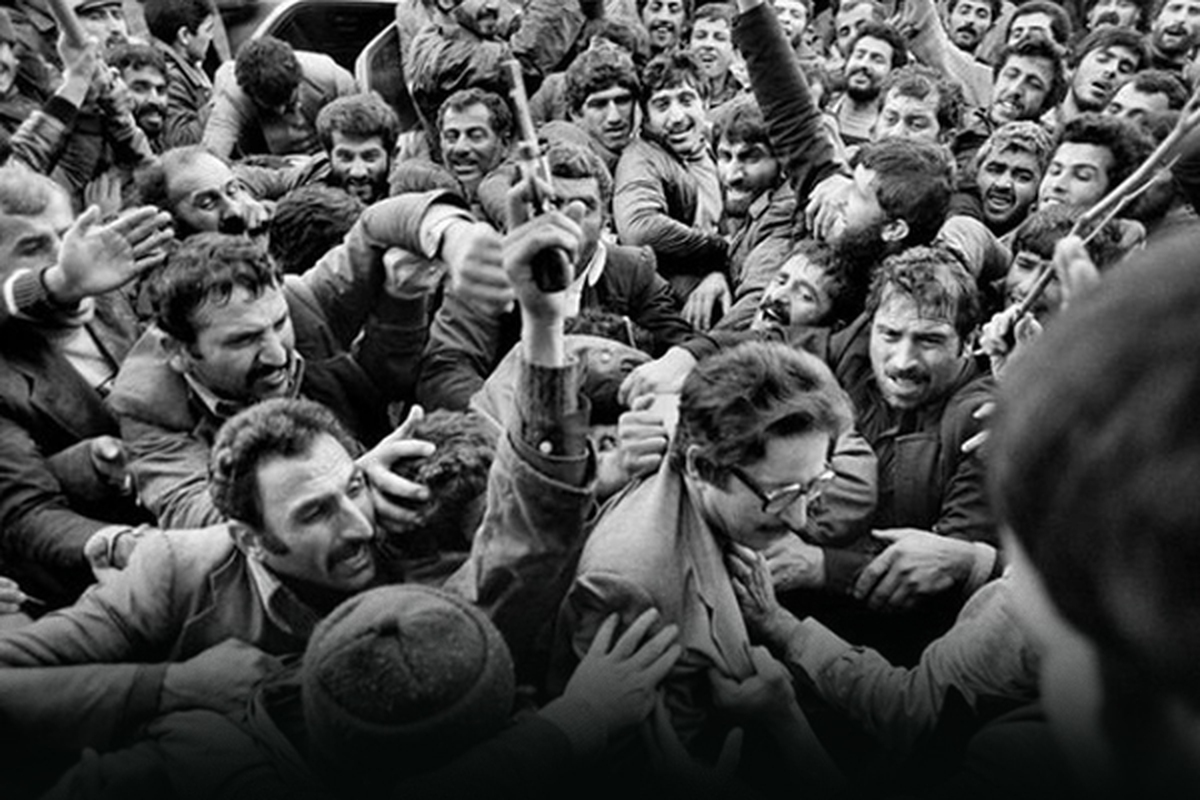
A Dangerous and Organized Network
The MEK, which had claimed to be fighting the Pahlavi regime through armed resistance, had managed to form a vast and ideologically rooted organization. Although it appears that Massoud Rajavi was a creation of SAVAK, after the elimination of the group’s other leaders, he was introduced as the senior leader. The organization acquired a dangerously doctrinal dimension and, with its vast base of supporters, also had numerous publications and newspapers. Their foundational books were widely available in Tehran’s Enghelab Square.
The group’s connection to Ayatollah Taleghani, a former political prisoner of the Shah’s regime, had led him to trust them. However, figures like Martyr Motahhari and other senior leaders viewed this group and its deviant beliefs unfavorably. Even Imam Khomeini (RA), after meeting with the group’s leaders in Najaf, pointed out their dangerous and deviant beliefs to his associates.
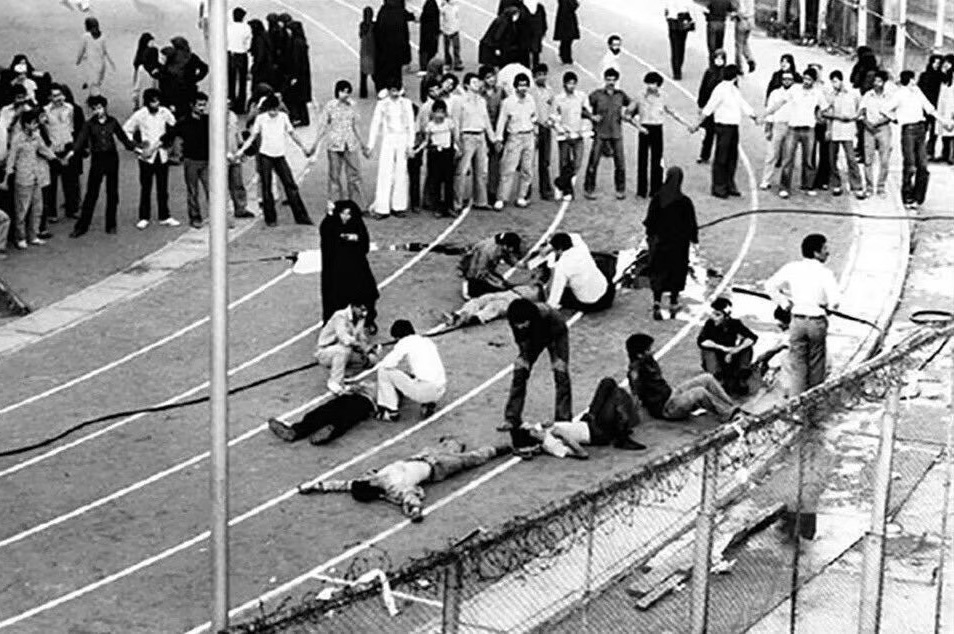
Widespread Armament of Leftist Groups
Because the organization was structured and had high recruitment, it quickly issued orders during the January 1979 revolution to gather weapons from military barracks and arm its members. During this time, they were able to acquire a vast quantity of weapons and fully arm their network. Security and counterintelligence teachings were widespread within the group. Interestingly, among all the armed groups at the time, the MEK was the only one that the Revolutionary Council could not dissolve or integrate into the newly formed IRGC. When Ayatollah Taleghani entrusted Friday Prayer protection in Tehran to this group, some IRGC members, led by Martyr Mohammad Boroujerdi, opposed this decision. Eventually, thanks to Boroujerdi's efforts, the responsibility was transferred to the IRGC.
Friends of Martyr Boroujerdi recount that in their investigation of the MEK, they discovered the group had occupied not only some University of Tehran buildings but also taken over the entire Ministry of Commerce building, establishing their full organizational presence there. They had weapons stockpiles and were even conducting handgun shooting practice in the basement, along with extensive security and ideological training programs.
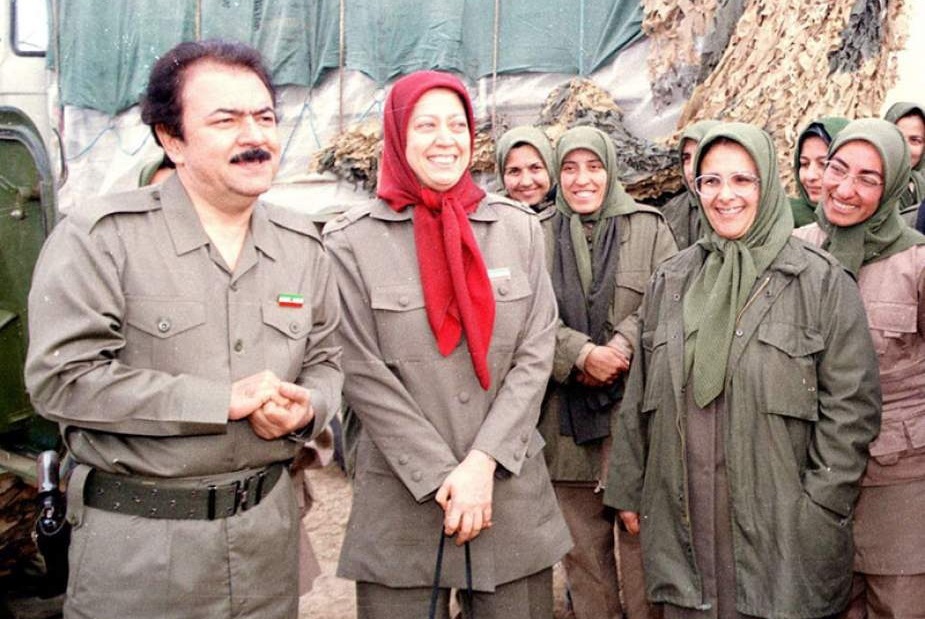
“Monafeqin” Was an Apt Name
The name “Monafeqin” (hypocrites) was applied to this group because other leftist militant groups were Marxist in ideology and lacked religious belief. But this group claimed that Islam had no model for armed struggle, so they, as Muslims, would adopt a model of struggle from Marxism, thereby inventing "Islamic Marxism." Once the assassinations began, it became clear that the Islam espoused by this group was far from true Islam. They killed ordinary civilians while also holding grand mourning ceremonies for the Imams. Even after the U.S. occupation of Iraq in 2002, when American forces obtained the group’s documents in Iraqi intelligence archives, it was revealed that before the Mersad Operation, they had made supplications in the shrine of Eminence Abbas (AS) seeking victory. Their ideological shifts, such as organizational divorce, further exposed their hypocritical nature.
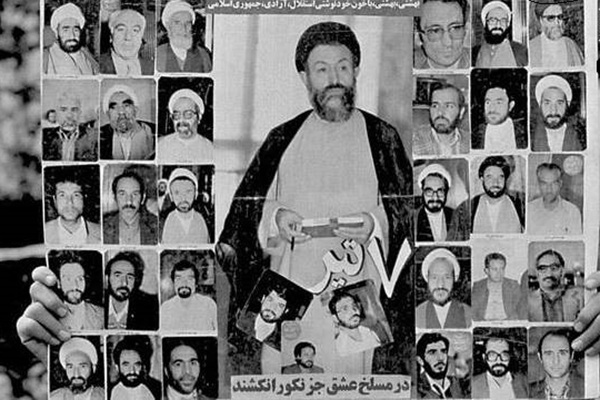
Documented Narratives
Here, relying on available documents, we refer only to some specific instances and their correlation with Sacred Defense operations. For example, during the Operation Beit ol-Moqaddas, 2 documents are highlighted:
May 15, 1982: “MEK members conducted one bombing and 3 assassinations in Tehran and Shiraz, martyring and injuring several defenders of the Islamic Revolution. Some members were also killed, and others arrested.
According to the Islamic Republic News Agency, at 8 a.m. today, a bomb hidden in a briefcase exploded in the visitor’s office of the Imam Khomeini Mosque in Tehran's bazaar, injuring two people superficially. The explosion occurred shortly after the start of a weekly meeting of the Islamic Associations of Tehran’s bazaars and merchants.
The Central Committee of the Islamic Revolution’s Committees reported: This morning, MEK operatives in a vehicle opened fire on 2 clerics who were Imam of Congregational Prayer of mosques in Tehran, martyring Reverence Seyed Farajollah Hosseini and injuring the other. When citizens present at the scene tried to protest the heinous act, the perpetrators ran over a religious woman with their car, martyring her and injuring her young child.
Following these events, the Revolutionary Committees and gendarmerie commandos pursued the MEK agents. In a street battle involving MEK reinforcements, 4 members were killed and several were arrested. 2 of their stolen vehicles and several weapons (3 AK-47s, pistols, and internal training materials) were recovered. These individuals had previously participated in several armed robberies and the martyrdom of two IRGC committee members.
Another report from the Central Committee stated: At 10 p.m., 2 MEK motorcyclists opened fire at the Hashemi intersection in Tehran, martyring a religious citizen. Onlookers chased the attackers, capturing one. Another was later captured by a patrol unit several kilometers away. The detained terrorist committed suicide by swallowing cyanide. 2 handguns and some TNT explosives were found on them.
In Shiraz, a person attempting to attack an IRGC patrol vehicle with a hand grenade died when the grenade exploded in his hand during arrest.”
Narrator of Safe Houses and Assassinations
Another case reads: May 18, 1982: “In the latest blows to the MEK, 3 of their safe houses in Tehran and Babol were dismantled, and one of their key members was killed in Ahvaz.
The IRNA correspondent reported that IRGC warriors, after prior reconnaissance, stormed an MEK safe house on Shahrivar Street in Tehran’s Mahmoudieh area. In this coordinated operation, 7 MEK members were killed and the hideout taken over. Large sums of cash (burnt and intact), 4 firearms, grenades, handguns, and significant ammunition were recovered and returned to operational headquarters.
In Babol, an MEK safe house was surrounded, and residents were asked to surrender. The IRGC entered and arrested them. They also uncovered another base disguised as a tailor shop, arresting 3 more people. In Ahvaz, a key MEK member was killed in a clash after being identified by local Revolutionary Committees.”
The MEK Was Not Alone
Other groups also carried out similar activities. For example, consider this document:
May 12, 1982: “In the latest blow to the remnants of counter-revolutionary groups, one MEK safe house in Tehran and 10 safe houses belonging to the Peykar for the Liberation of the Working Class in Shiraz were dismantled through IRGC efforts. In retaliation, members of these groups martyred 4 people in Tehran and one in Shiraz.
According to IRNA, IRGC forces engaged in a clash starting at 6 a.m. with MEK members inside a safe house on Dastour Street in Tehran. The clash lasted until 9:15 a.m., resulting in 6 MEK members killed and several weapons confiscated. According to the IRGC Central Command report, in Shiraz, after locating a Peykar safe house, the IRGC raided it and arrested over 70 people, believed to be regrouping in Shiraz from other cities, as they planned to flee the country.
In response to the Tehran raid, 3 MEK operatives hijacked a Toyota in Sohrevardi Street and later shot and killed a police officer patrolling on a motorcycle near Zohreh Street. They abandoned the stolen vehicle, hijacked a Peugeot, blocked a police patrol vehicle in Vanak Square, and threw a grenade inside, martyring two commandos. Another group, using a stolen car from 4 days prior, opened fire on the third commando, killing him. 2 bystanders, a construction worker and a young boy, were injured.
In Shiraz, assailants shot and martyred a Revolutionary Guard on his way to duty and fled.”
This is just a small portion of the documentation, limited to a few days, which may have been overshadowed by the news of Operation Beit-ol-Moqaddas during that time and in the following years.
Many warriors who were unscathed at the war front were targeted in MEK’s blind assassinations.
In the meantime, the efforts of the country’s security forces were unjustly ignored. While all eyes were on frontline warriors, those working in intelligence, the IRGC, the Revolutionary Committees, the Judiciary, etc., remained unseen.
